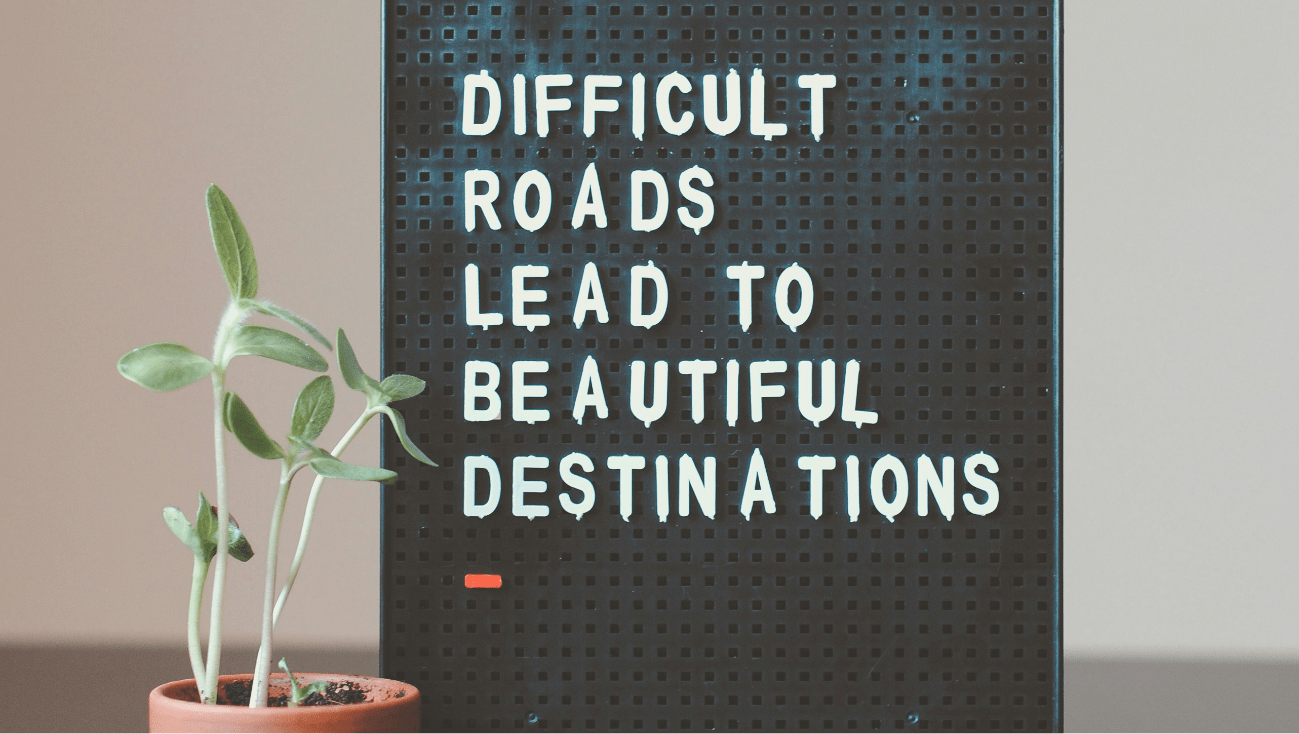Individual Therapy | 7 min read | 2024-08-19 | 642 Views
7 Tips to Create Healthy Boundaries with Others
Offers practical strategies for establishing and maintaining personal limits to protect your well-being and foster respectful relationships.

7 Tips to Create Healthy Boundaries with Others
A healthy relationship requires the space to be yourself and to maintain your personal integrity. Most people will respect your boundaries when you explain what they are and will expect that you will do the same for them; it’s a two-way street. Not so with people who don’t understand where you end and they begin. Chances are people who try to invade your space are not thinking about you or how pushing the limits of your boundaries will affect you. They clearly feel entitled to get whatever they ask for, whatever they think they need, because, of course, their needs are more important than yours.
For many of us, our earliest experiences have been positive enough to allow us to adapt a trusting attitude when it comes to others. Some people, however, who have a great deal of difficulty with trust as a result of instability, inconsistency, invasion of boundaries, and even actual threat of harm or alienation at some point in their lives, may be more vulnerable, more open to boundary violations. Many in this situation may have “shaky” self-esteem, may fear the loss of a relationship (without even understanding how limiting or damaging it is to them), and/or have guilt about making someone angry or unhappy if they don’t engage.
How do you know if your boundaries are being crossed? Generally, there are a few broad categories that comprise boundary violations: verbal, psychological, emotional, and physical. Ethical, spiritual, and moral boundary violations exist as well.
Verbal violations include not allowing you to speak or be heard, raising their voice and/or screaming at you, saying things that are derogatory or inflammatory about your integrity and character, gossiping about you.
Psychological and emotional boundary violations include preying upon your sense of self and self-esteem, using what you’ve told them in confidence against you, lying to you, criticizing, demeaning, judging, or manipulating you, making fun of you, your thoughts, feelings, and beliefs, trying to make you feel guilty or responsible for them or a situation, making demands of your time and energy, shaming or embarrassing you, bullying you, or assuring you that their thoughts and beliefs are superior to and more important than yours.
Physical violations include moving into your personal space, touching you without permission, being inappropriate or too familiar, especially sexually (including sexual references and overtures), touching or handling things that belong to you, violating your privacy (cell phone, computer, social mediacontacts, personal records), damaging or destroying your personal property, or threatening you with physical harm.
While admittedly it may take involvement with several different people over a period of time, eventually getting the hang of who you want in your life and understanding who respects you and your space as opposed to people who are out for themselves (and are basically otherwise toxic), here are some tips in the meantime to help you navigate your way to your goal of establishing healthy boundaries.
Know thyself. Get to know yourself as best you can. This means that you need to learn what’s really important to you, what you really value apart from anyone else. Gaining access to your inner world by becoming familiar and comfortable with your own beliefs, emotions, feelings, and ideas is essential. The intimacy you experience within yourself serves as your own personal relational barometer. The better you know yourself, the better you are able to understand and choose those significant others that best mirror the kind of life experience you want to have.
Take responsibility for yourself. This means to become aware, to develop the capacity for active conscious involvement, to know what needs to be done for yourself. By setting your own boundaries, you’re telling others how you want and expect to be treated; in other words, you are setting your limits about who can come into your space and what you expect of others once they’re there—how you want to be spoken to, touched, and treated psychologically and emotionally. Whatever you say goes, no matter what others may think, feel, or believe. A corollary of this is that you are not responsible for the feelings, actions, and beliefs of others, or for the way they react to the boundaries you’ve set.
Develop a healthy respect for yourself. All of your experiences, including the mistakes you’ve made help to shape your character—who you are. No one besides you, no matter how persuasive they may be, can define you or try to control who you are. When you respect yourself, all of who you are, you should expect that others will treat you with respect. If they don’t, that’s a clear sign not to engage.
Heed the warning signs. Stay away from anyone who has his or her own agenda and thinks nothing of pushing the limit, of invading your space for their own end. This is not a hard thing to recognize since there’s usually not much subtlety involved. In fact, the more you resist their attempts to engage you in a way that’s best for them, the more obvious, desperate, insulting, and shrill they may become as they try to up the ante.
Don’t try to fix people. Fixing others is a way of trying to get love, attention, and/or validation. Getting love/attention/validation must mean you’re “OK," right? It’s a waste of your time and energy to try to fix them because, bottom line, they’re not interested in becoming any other way than they are. And the fact is you certainly don’t need fixing from self-serving people who want to tell you what to do and what’s good for you.
You are in charge of your choices. You have the right to change your mind or your direction at any time. You don’t need to feel that you owe anyone anything more than you want to give with your free and conscious heart. Anyone who mistreats you, is disrespectful of your wishes, refuses to hear you, and has no intention of changing is trouble with a capital T. Be ready to walk away without fear or guilt, and don’t look back.
Separate yourself from others. It may be difficult to imagine being emotionally attached to others while remaining psychologically and intellectually detached. This means that you are able to separate your thoughts, feelings, and beliefs from others. You understand that your boundaries are different from others. This detachment creates enough room, a kind of “psychic space” between you and others that allows for personal expression while minimizing emotional and psychological entanglement. Gaining a healthy perspective of others without creating conflict within yourself is the goal.
Other articles
Restoring Balance: How Sleep Impacts Mental Health
Sleep is vital for both physical and mental health, yet many people suffer from chronic sleep deprivation due to stress, work, and technology use. For adolescents and young adults, the rise of electronic devices and social media has contributed to declining sleep quality, which is linked to increasing mental health issues like anxiety and depression. Studies show that poor sleep affects emotional regulation, stress levels, and cognitive function. Addressing sleep problems through therapy or lifestyle changes is essential for improving mental well-being and preventing further mental health challenges.
Finding Strength in Gratitude: How Appreciation Enhances Mental Health
Gratitude has proven to be a powerful tool for enhancing mental health, with research showing its benefits for both well-being and resilience. By fostering an awareness of the positive aspects of life, gratitude reduces stress, boosts happiness, and promotes a sense of belonging. This positive shift has physiological effects, like lowering cortisol and increasing serotonin, which aid in mood regulation. Studies have shown gratitude to reduce risks of PTSD, depression, and social isolation, helping individuals, including veterans and single mothers, to build resilience amid challenges. Simple practices, such as noting daily gratitude, can lead to an optimistic, balanced outlook on life.
Understanding Burnout: How to Recognize, Prevent, and Recover
Burnout is a widespread issue affecting people across various life stages, from students to professionals to parents. Originating from intense stress and high expectations, burnout can result in chronic exhaustion, diminished motivation, and feelings of inadequacy. In school, high expectations and social pressures contribute to academic burnout, particularly among older students. For parents, balancing multiple responsibilities can lead to emotional exhaustion and decreased satisfaction, affecting both themselves and their families. Addressing burnout requires setting priorities, seeking support, and establishing habits that promote mental well-being
Breaking the Stigma: Why We Need to Talk About Mental Health?
Mental health is as vital as physical health, yet stigma often hinders open dialogue and help-seeking, especially in workplaces and schools where it can impact well-being and productivity. Many lack awareness of mental health prevention, early signs, and available support, further deepening the issue. Effective interventions, such as education and social contact, show promise in reducing stigma and fostering understanding. By sharing stories, listening, and treating mental health with respect, we can build a compassionate culture where everyone feels supported and valued. Let’s prioritize mental health for a stronger, more inclusive society.
Cognitive Reappraisal: Turning Challenges into Growth Opportunities
Cognitive reappraisal, the practice of reframing thoughts to alter their emotional impact, is a powerful tool for improving mental well-being. By challenging negative interpretations and adopting balanced perspectives, this strategy reduces anxiety, depression, and stress while fostering resilience. Research highlights its role in easing psychological distress during tough times, such as the COVID-19 pandemic, by promoting healthier coping mechanisms. Though we can’t always control life’s challenges, cognitive reappraisal empowers us to control our responses, turning negativity into an opportunity for growth and strength. A small shift in perspective can lead to significant improvements in mental health.

Mental Health Support for Refugees Through the IFHP
Discover how Nazca Health provides essential mental health support for refugees through the Interim Federal Health Program (IFHP), addressing mood, anxiety, and PTSD.

Post-Traumatic Growth: Finding Strength and Meaning After Adversity
Discover how post-traumatic growth (PTG) can transform adversity into resilience, meaning, and personal growth. Learn the science, benefits, and ways to foster PTG after trauma.
Dopamine Detox: How to Reset Your Brain for Focus, Motivation, and Clarity
Discover how a dopamine detox can help reset your brain, reduce overstimulation, and improve focus, productivity, and well-being. Learn the science, benefits, and practical steps to start your own detox.
Can AI Replace Therapists? Exploring the Future of Mental Health Care
Can AI replace therapists in mental health care? Discover the advantages, limitations, ethical concerns, and the role of artificial intelligence in supporting (but not replacing) human therapists.
The Loneliness Epidemic: Causes, Consequences, and Solutions
The loneliness epidemic is a growing public health concern worldwide. Learn about its causes, health impacts, and practical solutions to combat loneliness in today’s society.








